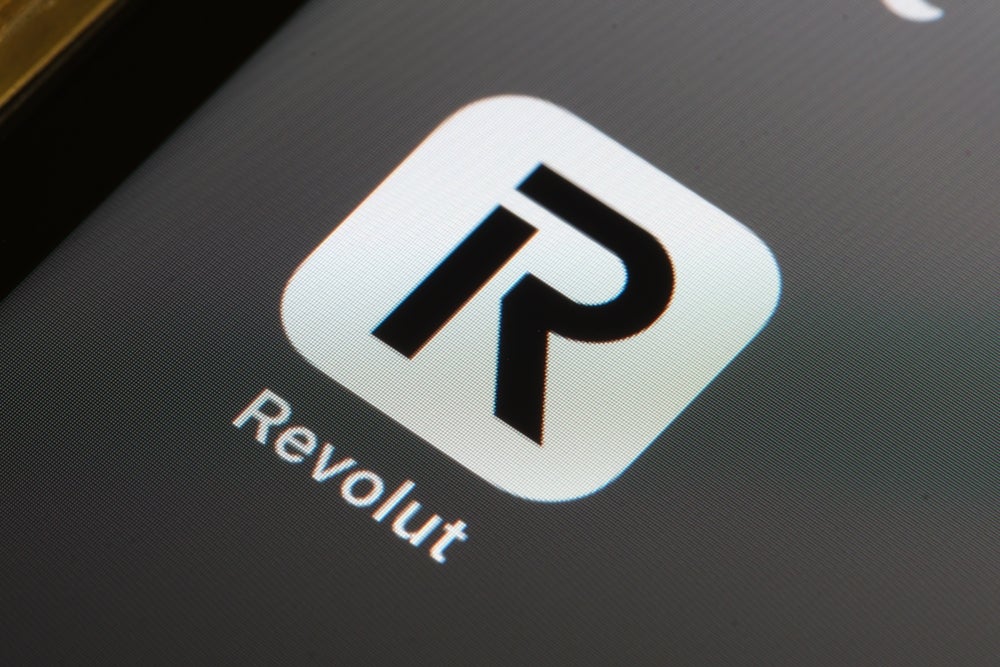The Reserve Bank of India (RBI) has released operating guidelines for payments banks and small finance banks, players which aim to drive financial inclusion in the country.
In August 2015, RBI gave in-principle nod to 11 players for launching payments banks, while in September 2015 it gave approval to 10 for small finance banks.
Under the latest guidelines, the minimum capital requirement for both small finance banks and payment banks has been set at 15%, whereas the common equity tier I level for the two has been set at 6%.
Small finance banks and payments banks can open accounts without a wet signature, and instead depend only on digital signatures and electronic verification, RBI said.
Payments banks cannot lend and cannot accept deposits exceeding INR100000. The payment banks can however, lend to their own employees out of the bank’s own funds.
“However, the RBI will have no objection to the PBs making arrangements with any other scheduled commercial bank / SFB, for amounts in excess of the prescribed limits, to be swept into an account opened for the customer at that bank. This arrangement should be activated with the prior written consent of the customer,” RBI said.
How well do you really know your competitors?
Access the most comprehensive Company Profiles on the market, powered by GlobalData. Save hours of research. Gain competitive edge.

Thank you!
Your download email will arrive shortly
Not ready to buy yet? Download a free sample
We are confident about the unique quality of our Company Profiles. However, we want you to make the most beneficial decision for your business, so we offer a free sample that you can download by submitting the below form
By GlobalDataThe regulator also said that payment banks can participate in the call money and collateralized borrowing and lending obligation (cblo) market as both borrowers and lenders.
“These borrowings would, however, be subject to the limit on call money borrowings as applicable to scheduled commercial banks,” the regulator said.
The banks will need to maintain a minimum investment of over 75% of demand deposit balances in government securities.
Payment banks will also not be allowed to carry out any para-banking activity except those in the guidelines.







